I wanted to build a frequency reference for my lab for quite some time now, but I always shied away from having to build a PLL with very long time constants in the loop filter to lock an OCXO to a GPS timing pulse. Recently I came across some videos that offered a much simpler solution to this problem.
The 10MHz GPS locked signal is generated by a uBlox Neo-7M GPS module. These modules are cheaply available on eBay and can be configured to provide a wide variety of different frequencies and duty cycles on the timing output pin which are all locked to GPS time. See the link to Scullcom's video about those modules.
The output signal from the GPS receiver is then fed to the input of an Extron ADA4 300MX analog video distribution amplifier. The square wave signal can be directly fed to the sync pulse input of the distribution amplifier. I also plan on building a 10MHz low pass filter to generate a 10MHz sine wave to feed into the analog channels.
I had first seen this type of dist amp in Gerry Sweeneys video (linked below) quite some time ago and happened to come across a good deal for one of them on eBay last week.
The analog video distribution amplifier uses CLC409 high speed op amps to buffer the analog input signals. The output impedance of the channels is simply set by one resistor per output channel, the stock option being 75 Ohms as that is the standard for analog video systems. I have converted the amplifier to 50 Ohms output impedance by paralleling each of the already installed 75 Ohm resistors with a 150 Ohm resistor.
I have removed the input connectors on the green and blue input channels. I will keep the red input channel as a general purpose analog distribution amplifier which might come in handy some day.
I mounted a 16x2 character LCD on the front of the unit to provide some status information. A PIC18F series micro reads the NMEA messages generated by the GPS module and then displays the current time, date and lock information.
 Elia
Elia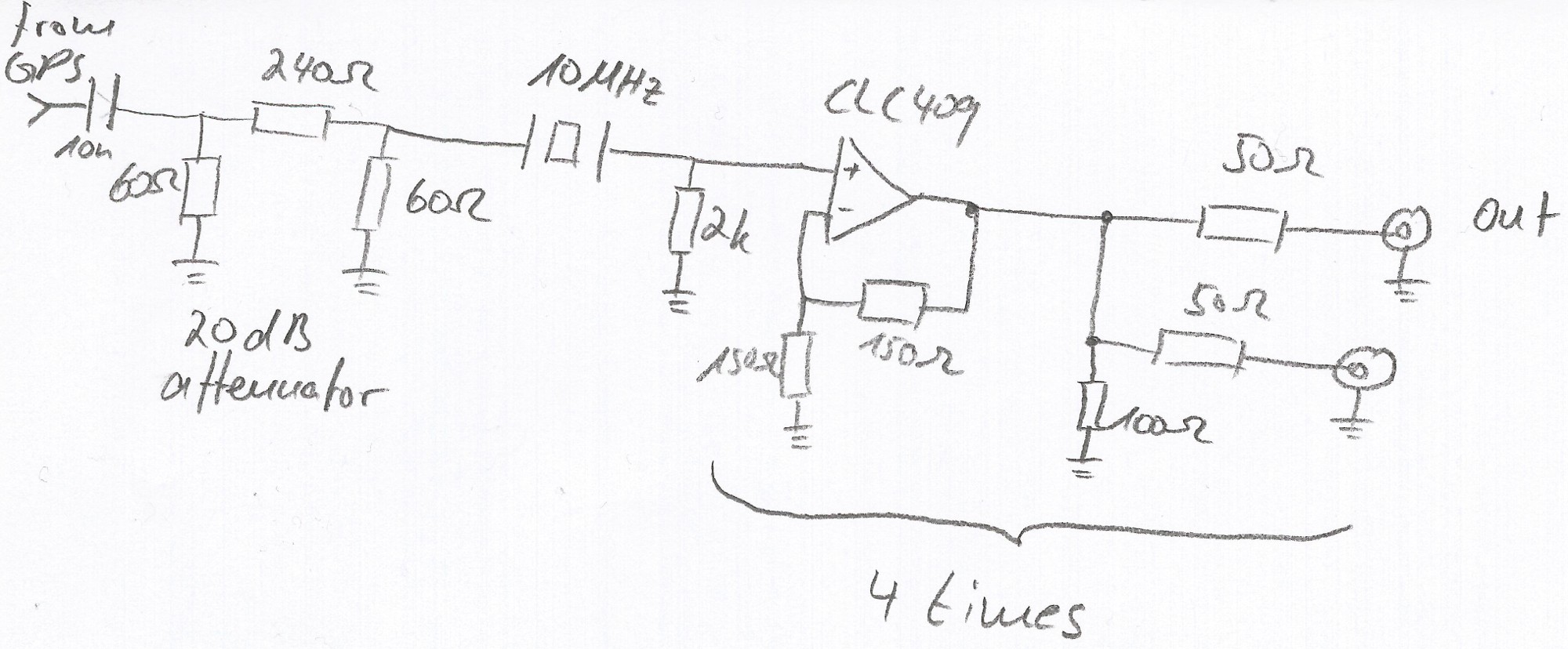
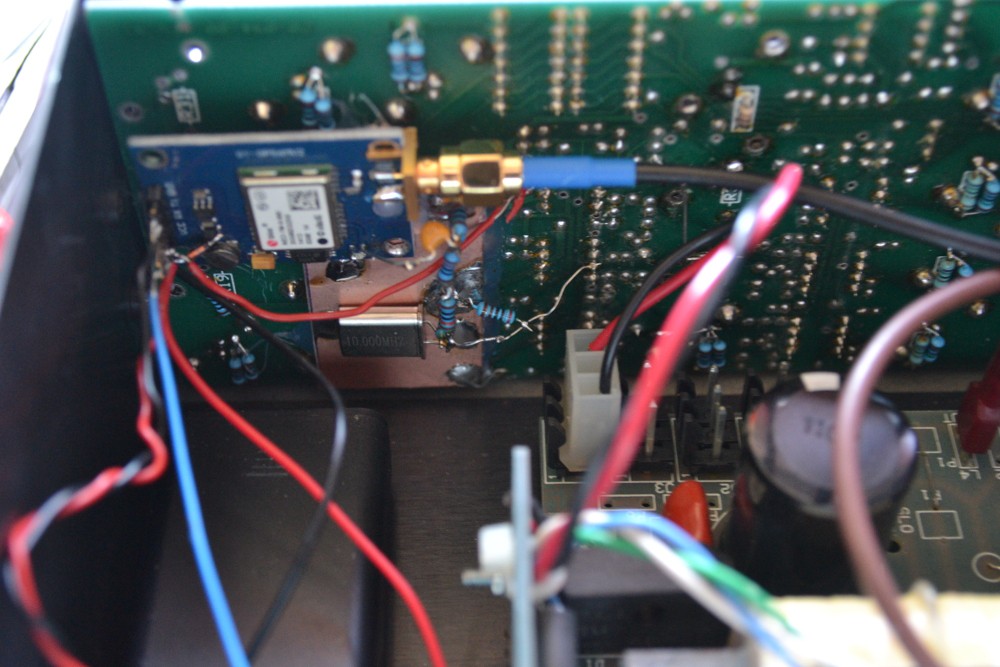
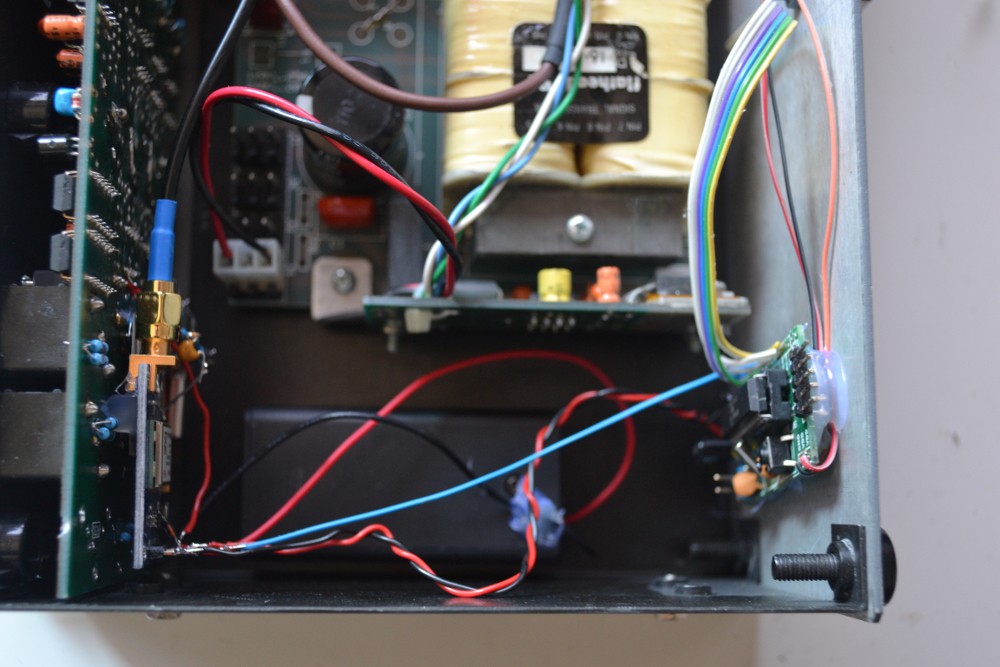
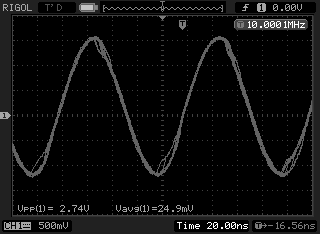
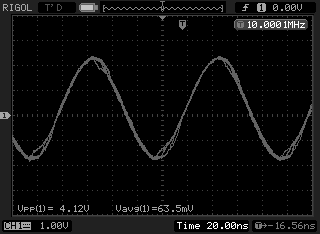
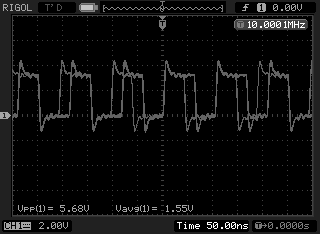 I have also been working on a low pass filter to derive a 10MHz sinusoid from the square wave output.
I have also been working on a low pass filter to derive a 10MHz sinusoid from the square wave output. 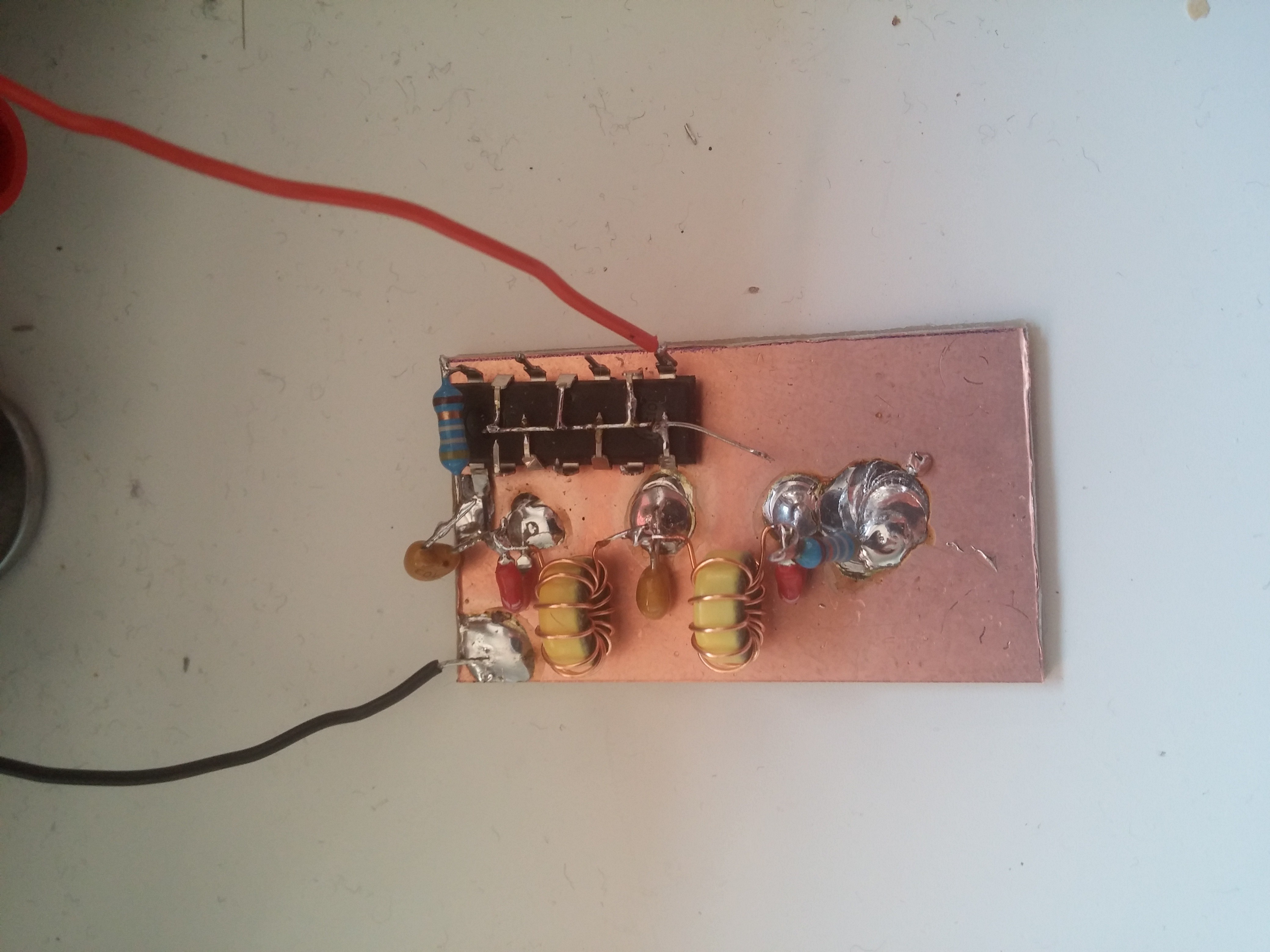
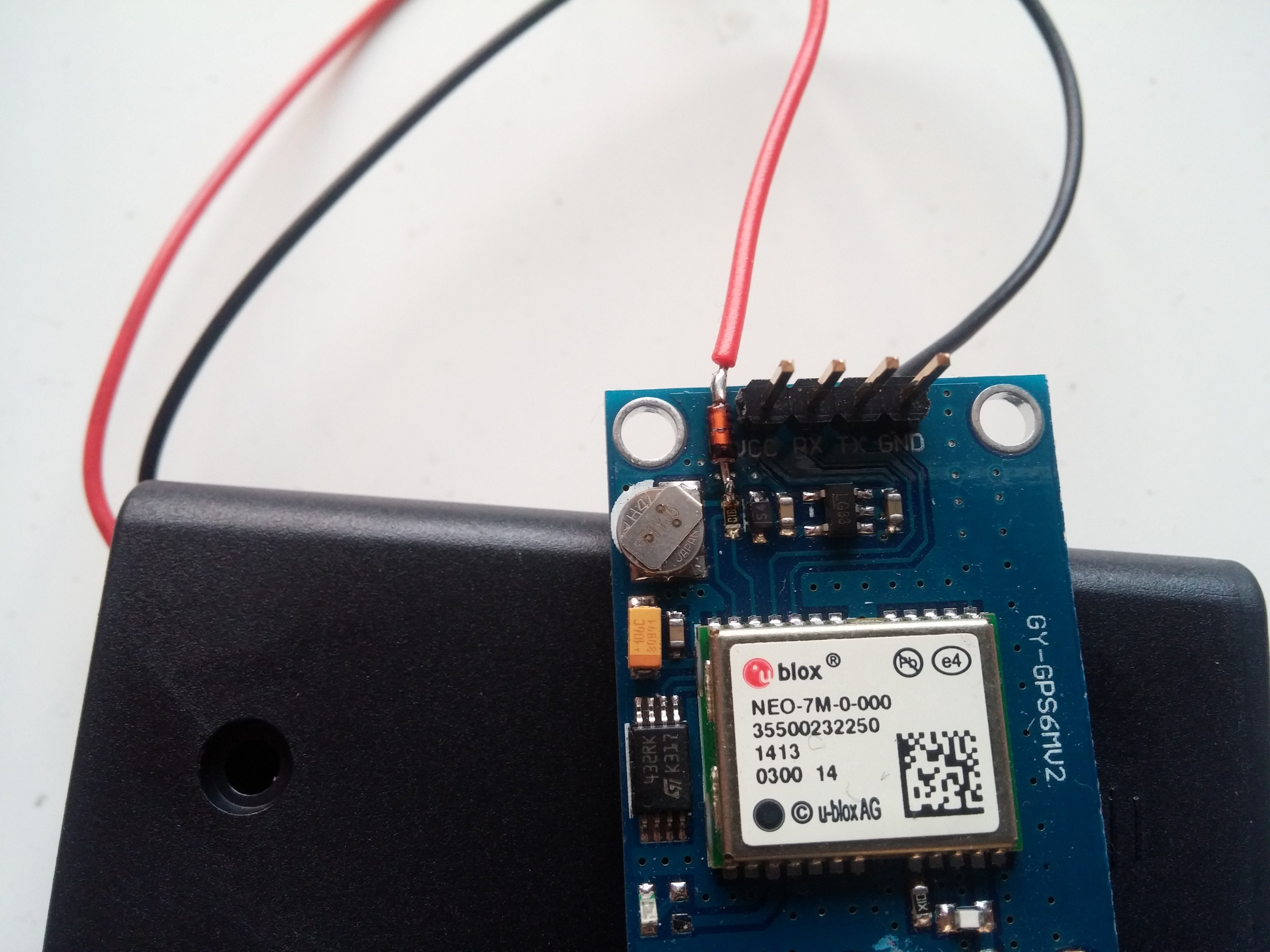
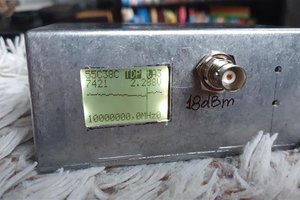
 sq7bti
sq7bti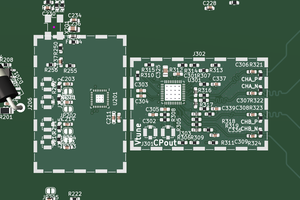
 MS-BOSS
MS-BOSS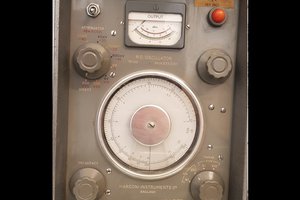
 j
j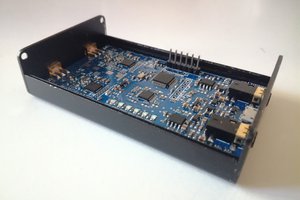
 NotBlackMagic
NotBlackMagic
What happens to the xtal q filter if the GPS signal is lost and reference signal is lost. Does it still vibrate on its own?